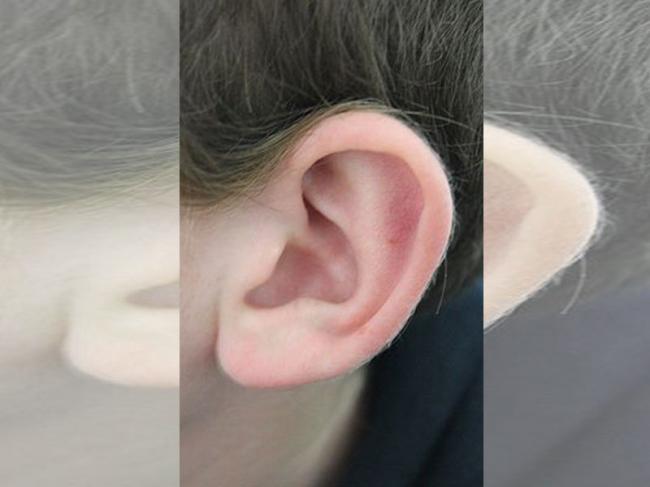
Hearing-related problems common among preschool teachers: Study
New York, June 26 (IBNS): Seven out of ten female preschool teachers suffer from sound-induced auditory fatigue, one out of two has difficulty understanding speech and four out of ten become hypersensitive to sound.
This is a considerably higher share than among women in general and also higher than in occupational groups exposed to noise, according to research at Sahlgrenska Academy.
“We have an occupational group with much higher risk for these symptoms, and if nothing is done about it, it’s really alarming. We have to lower sound levels, have a calmer preschool,” says Sofie Fredriksson, an audiologist with a doctorate from the Occupational and Environmental Medicine Department at Sahlgrenska Academy.
She has previously attracted attention with a study of hearing-related symptoms such as tinnitus among obstetric personnel due to the screams of women giving birth. In continued work on her dissertation, she has studied preschool teachers.
Of the preschool teachers surveyed (4,718 women), 71 percent experienced sound-induced auditory fatigue, making them unable to listen to the radio, for example, after a day at work. The corresponding share in the control group (4,122 women) was 32 percent.
Almost half, 46 percent, had trouble understanding speech, compared with 26 percent of the controls. Thirty-nine percent said that at least once a week they experienced discomfort or physical pain in their ears from everyday sounds that are not necessarily loud at all. The corresponding share with hyperacusis in the control group was 18 percent.
Noise that carry information
Preschool teachers are exposed to voices and screams that often convey important information, communication-intensive noise that is difficult to screen out. Unlike a machine in an industrial environment, children have to be listened to, even if one’s hearing takes a beating.
“Preschool teachers have a much higher risk than those who work in environments with a similar noise rating. The symptoms can be triggered by the boisterous environment, and it’s also difficult to use hearing protection,” says Sofie Fredriksson.
Hearing loss and tinnitus were the second most common symtoms affecting preschool teachers, but in this case the differences with women in general were not as pronounced.
Number of children and acoustics
The solution to the preschool teachers’ problems are complex, Sofie Fredriksson emphasizes. It is not just about how large the groups of children are, but also about opportunities for good periods spent outdoors and much more.
“Hearing protection devices are normally the main intervention if the sound level cannot be reduced in another way, and it may be necessary if you have a child who subjects your ears to crying for a whole day during their introductory period at preschool. But the design of the premises and room acoustics also have to be considered. In a large room with solid walls, it becomes noisy no matter how educational and strategic you are in your work,” she says.
Support Our Journalism
We cannot do without you.. your contribution supports unbiased journalism
IBNS is not driven by any ism- not wokeism, not racism, not skewed secularism, not hyper right-wing or left liberal ideals, nor by any hardline religious beliefs or hyper nationalism. We want to serve you good old objective news, as they are. We do not judge or preach. We let people decide for themselves. We only try to present factual and well-sourced news.







